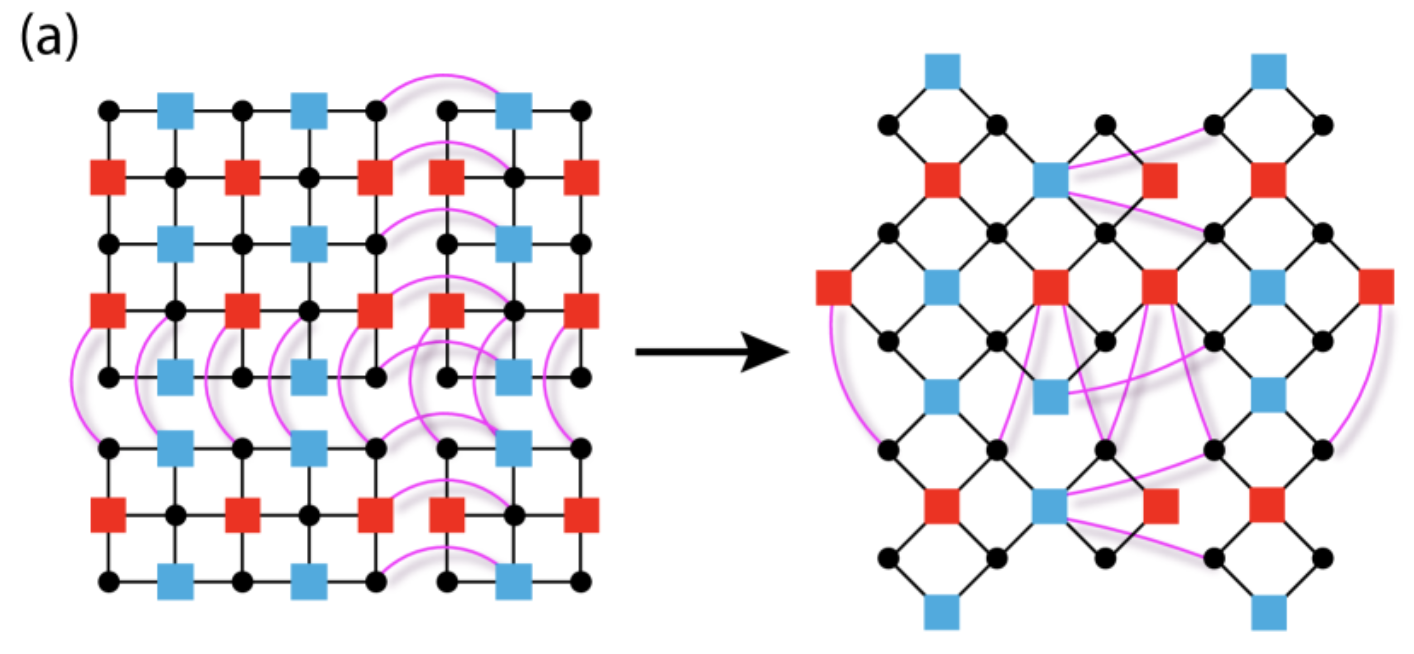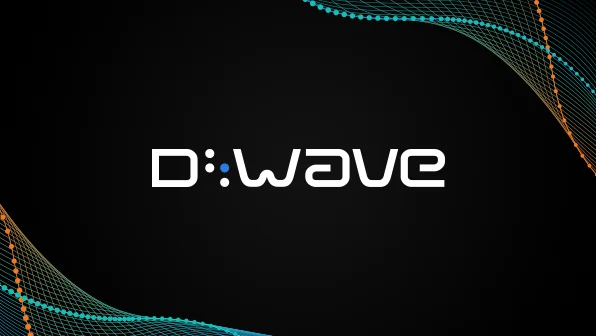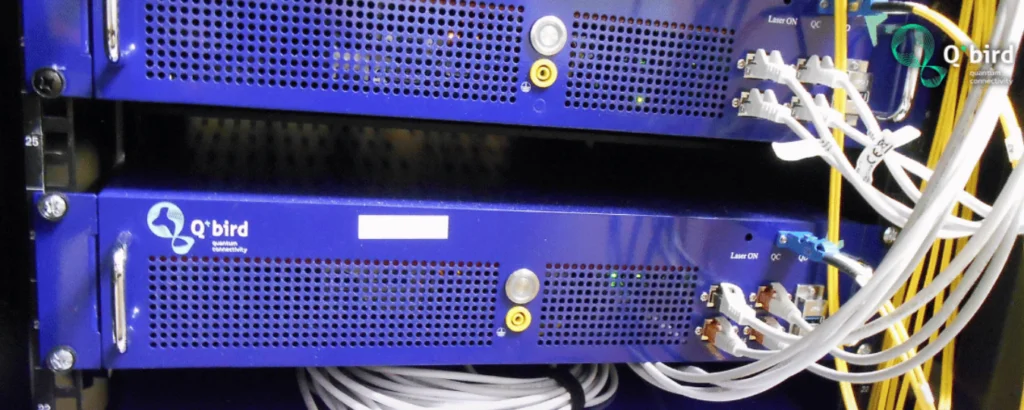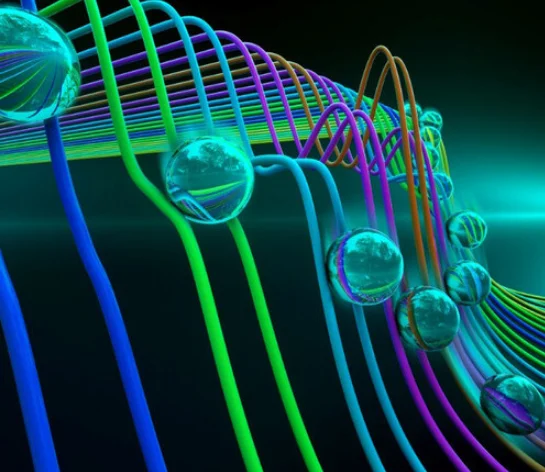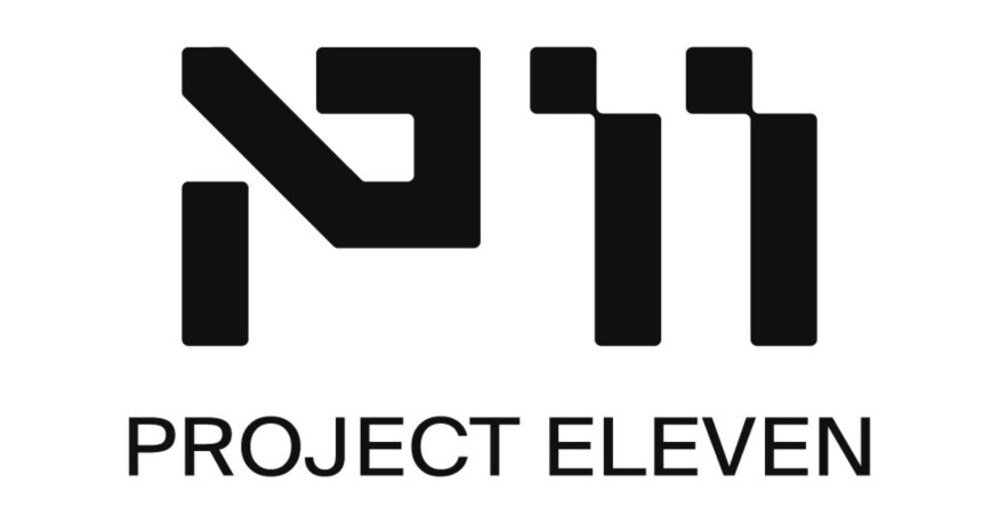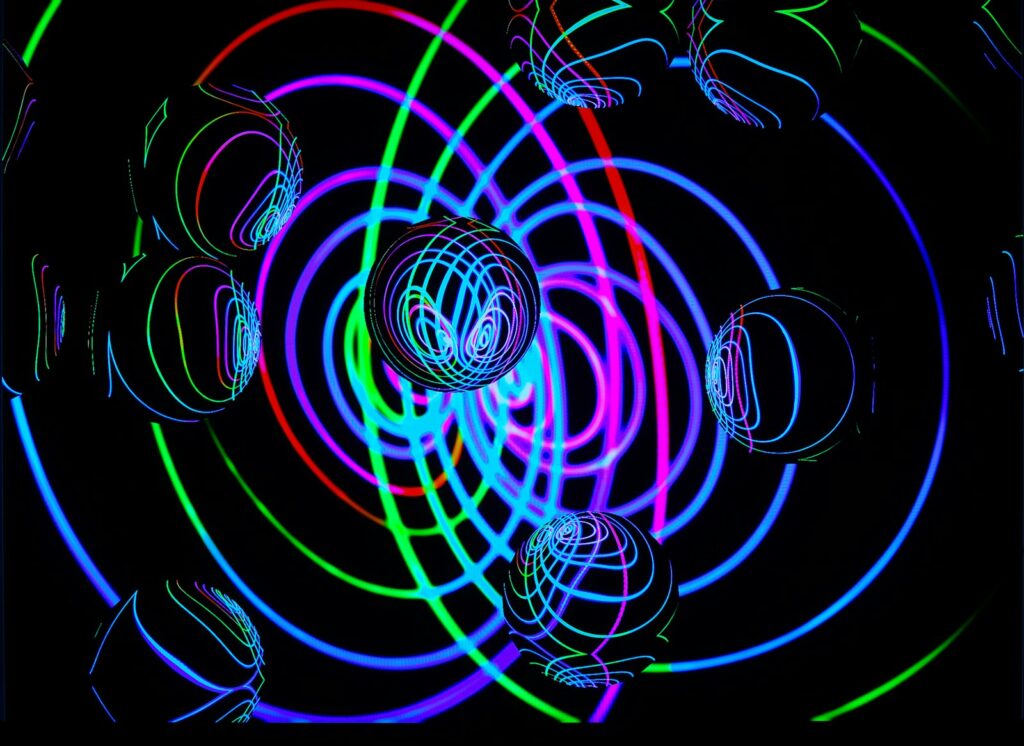Insider Brief
- Quantinuum and University of Colorado researchers successfully entangled four logical qubits with better fidelity than their physical counterparts.
- The advance demonstrates improved error protection and operational reliability, essential steps toward developing practical and scalable quantum computers.
- The achievement also shows Quantinuum’s commitment to making quantum computing more accessible and reliable, combining the advanced H2 quantum processor with innovative error-correcting codes.
Quantinuum and the University of Colorado say they have — for the first time — entangled four error-protected logical qubits that have better fidelity than their physical counterparts. It’s not just an academic exercise, though. They report in a paper they posted on the pre-print server ArXiv that the system will improve the accuracy of quantum operations leading to an enhancement in error protection and operational reliability, both crucial steps towards making quantum computers a practical reality.
The researchers added that they implemented the error correcting codes — called high-rate non-local quantum Low-Density Parity-Check (qLDPC) code — on Quantinuum’s H2 quantum processor.
The Challenge of Quantum Error Correction

Quantum error correction is a critical component in the quest for reliable and practical quantum computers, according to the team. Quantum systems are inherently fragile, susceptible to errors from environmental interference and imperfect operations.
The researchers write in a blog post: “For a quantum computer to be useful, it must be universal, have lots of qubits, and be able to detect and correct errors. The error correction step must be done so well that in the final calculations, you only see an error in less than one in a billion (or maybe even one in a trillion) tries. Correcting errors on a quantum computer is quite tricky, and most current error correcting schemes are quite expensive for quantum computers to run.”
To mitigate these errors, quantum information must be encoded into several entangled qubits, forming what is known as a “logical qubit.” This process, however, has traditionally been resource-intensive, requiring a significant number of physical qubits to encode a single logical qubit, leading to low encoding rates.
For quantum computers to achieve fault tolerance, the error rate in final calculations must be exceptionally low, ideally less than one error in a billion or even a trillion tries. Current error-correcting schemes are often expensive to implement on quantum machines, posing a substantial hurdle in the path towards scalable quantum computing.
High-Rate Codes
Quantinuum and the University of Colorado researchers don’t dance around this problem — they tackled this issue head-on by implementing a high-rate non-local qLDPC code on the H2 quantum processor. This type of code, although it’s been discussed theoretically as a promising approach, had not been realized in practice until now. According to the post, this innovative code allows for a much higher rate of logical qubits per physical qubit, making it possible to scale quantum machines more efficiently than with traditional codes.
In the paper, the researchers detailed their success in creating four error-protected logical qubits and entangling them in a Greenberger-Horne-Zeilinger (GHZ) state. The GHZ state is a crucial benchmark in quantum computing, often used to measure the system-level fidelity of quantum operations. The error correction code improved the fidelity of the GHZ state preparation, achieving better results than performing the same operation on physical qubits alone.
The implementation demonstrated that the logical qubits encoded using the high-rate qLDPC code achieved fidelities between 99.5% and 99.7%, surpassing the fidelities of uncorrected physical qubits, which ranged between 97.8% and 98.7%. This achievement marks the first time anyone has entangled four logical qubits with better fidelity than their physical counterparts, according to the researchers.
The Error Protection and Error Correction Connection
Because they are connected, but not really the same, it might be good to tease apart the difference between error correction and error protection.
Error Protection is a method to reduce the overall error rate in a quantum system, making the task of error correction more manageable. Error Correction, as mentioned, helps maintain the integrity of quantum information over long computational tasks, especially when error rates cannot be entirely eliminated by protection mechanisms alone.
In the context of the Quantinuum and the University of Colorado study, the researchers implemented a high-rate non-local quantum Low-Density Parity-Check (qLDPC) code, which is primarily an error correction technique. This code encodes logical qubits into entangled states of physical qubits to detect and correct errors. However, the design and optimization of the H2 quantum processor to support such codes could be seen as part of error protection, as it ensures that the hardware can effectively implement the correction protocols with minimal additional errors.
Quantum Computing Implications
The success of this high-rate non-local qLDPC code has considerable implications for the future of quantum computing. It provides a proof-of-principle that non-local codes can enhance the performance of contemporary quantum processors, paving the way for more efficient and scalable quantum machines.
One of the standout features of this code is its optimization for architectures capable of moving qubits around, like Quantinuum’s H2 processor. This reconfigurability enables the implementation of non-local gates and simplifies critical operations, such as relabeling individual qubits, which can be done with minimal errors. The high encoding rate of this code is particularly advantageous, as it means the number of logical qubits is proportional to the number of physical qubits, allowing for rapid scaling of quantum systems.
To zoom out a bit farther: Taken in context with several other Quantinuum advances reported in 2024, it shows that the company’s research program is heavily invested in utilizing all aspects of the quantum computing stack to develop quantum computers capable of solving real-world problems.
Quantum Programmers and Accessibility
A key part of this study might be missed by focusing on reading the paper alone, according to the researchers. One aspect of the research is that this work offers a path toward making quantum computing more accessible to a broader range of researchers and developers, reducing the barrier to entry for quantum programming.
The team writes in the post: “It is worth noting that this remarkable accomplishment was achieved with a very small team, half of whom do not have specialized knowledge about the underlying physics of our processors. Our hardware and software stack are now so mature that advances can be achieved by “quantum programmers” who don’t need advanced quantum hardware knowledge, and who can run their programs on a commercial machine between commercial jobs.”
According to Quantinuum’s blog, this level of accessibility places them ahead of the competition in terms of both reliability and ease of use. Researchers can run their programs on a commercial quantum machine, even between commercial jobs, demonstrating the practical viability of their systems.
The research team included: Yifan Hong and Andrew Lucas, both of the Department of Physics and Center for Theory of Quantum Matter, University of Colorado, Boulder and Elijah Durso-Sabina, and David Hayes, both of Quantinuum.
Read about the paper in-depth with more technical details in their ArXiv paper.
To learn more about the H2 system, go to Quantinuum’s product page.

